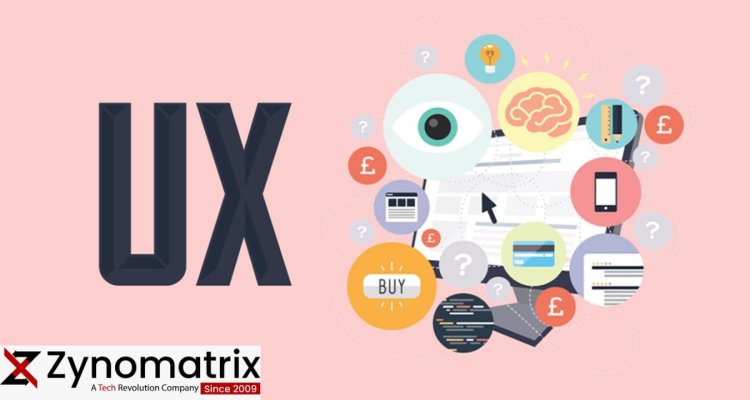The Importance of User Experience (UX) Design in Digital Products: Creating Delightful and Successful User Experiences
In this blog post, we explore the crucial role that user experience (UX) design plays in the success of digital products and services. We emphasize the significance of creating intuitive, user-friendly, and enjoyable experiences for users, highlighting the benefits it brings to both users and businesses. The introduction sets the stage by explaining the increasing importance of UX design in the digital age. It emphasizes how UX design contributes to customer satisfaction, loyalty, and overall business success. The introduction also highlights the multidisciplinary nature of UX design, encompassing various aspects such as usability, accessibility, visual design, information architecture, and interaction design.

Introduction:
In the digital age, user experience (UX) design has emerged as a critical factor in the success of digital products and services. UX design focuses on creating intuitive, user-friendly, and enjoyable experiences for users, ultimately leading to increased customer satisfaction, loyalty, and business success. In this blog post, we explore the significance of UX design in digital products, its key principles, and the benefits it offers to both users and businesses.
Understanding User Experience (UX) Design:
Define and explain the concept of UX design, emphasizing its multidisciplinary nature and its focus on meeting user needs and expectations. Discuss how UX design encompasses various aspects, such as usability, accessibility, visual design, information architecture, and interaction design.
Enhancing Usability and Accessibility:
Highlight the importance of usability and accessibility in UX design. Discuss how intuitive navigation, clear information hierarchy, and responsive design contribute to a positive user experience. Explain the significance of designing digital products that are accessible to users with disabilities, ensuring inclusivity and compliance with accessibility guidelines.
User-Centered Design:
Emphasize the user-centered approach in UX design. Explain the significance of conducting user research, including user interviews, surveys, and usability testing, to understand user preferences, behaviors, and pain points. Showcase how user personas and user journey mapping aid in designing experiences tailored to specific user needs and goals.
Visual Design and Branding:
Explore the role of visual design in UX, including color schemes, typography, and visual elements that create a cohesive and visually appealing interface. Discuss the importance of aligning visual design with the brand identity to establish consistency and reinforce brand recognition.
Streamlining User Flows and Interaction Design:
Explain how interaction design focuses on creating intuitive and seamless user flows within digital products. Discuss the significance of clear call-to-action (CTA) buttons, efficient navigation menus, and feedback mechanisms that guide users and provide a sense of control and understanding.
Usability Testing and Iterative Design:
Highlight the iterative nature of UX design and the importance of usability testing throughout the design process. Explain how usability testing helps identify usability issues, gather user feedback, and make informed design decisions. Discuss the value of incorporating user feedback into iterative design cycles to continuously improve the user experience.
Mobile-First and Responsive Design:
Discuss the growing importance of mobile devices and the need for mobile-first design approaches. Explain the significance of responsive design, which ensures that digital products adapt and provide optimal experiences across different screen sizes and devices.
Business Benefits of UX Design:
Highlight the tangible benefits that UX design brings to businesses. Discuss how a positive user experience leads to increased customer satisfaction, brand loyalty, and higher conversion rates. Explain how UX design can reduce customer support costs by designing intuitive interfaces that minimize user errors and support self-service.
What's Your Reaction?





















